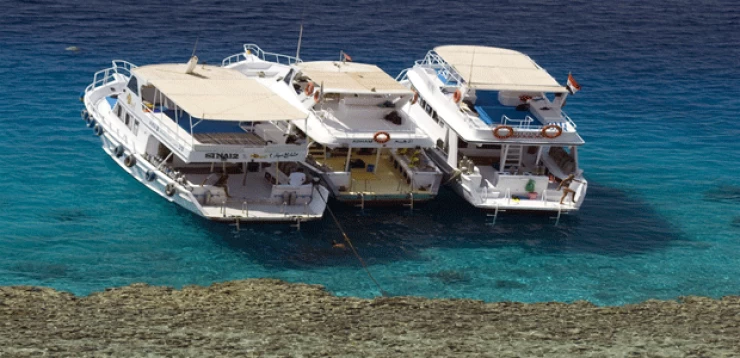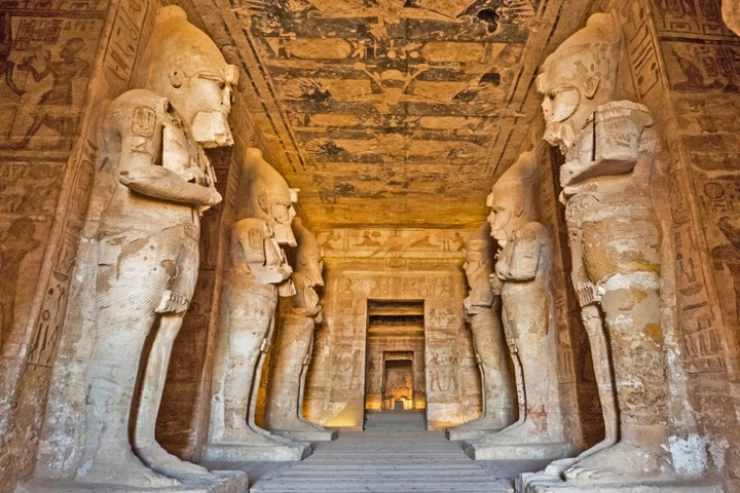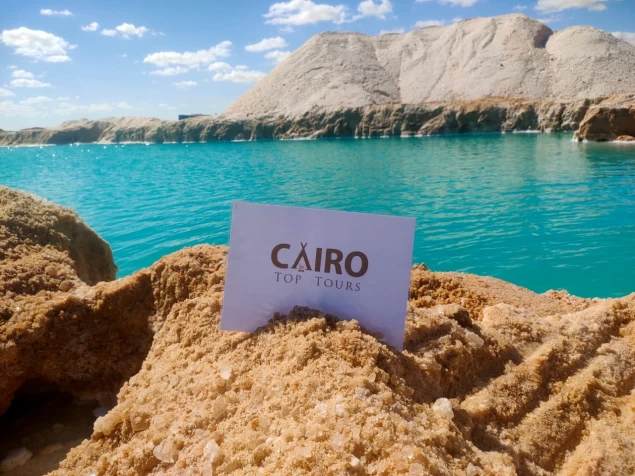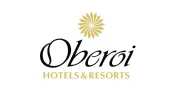
The River Nile
The Nile River: Lifeblood of Civilizations
The Nile River is recognized worldwide as an important and historical river. Measuring in at 6,650 kilometres (or 4,130 miles), it is known to many as the longest river, but a few argue that the Amazon might be slightly longer. No matter where it lands in the ranking, the Nile has always contributed greatly to the history of human development in Egypt and the wider northeastern area of Africa. Life has thrived on the waters of the seas for many millennia, forming different cultures, economies, and empires.
Geography and Sources
The Nile River crosses eleven countries: Burundi, Rwanda, Uganda, Kenya, Tanzania, the Democratic Republic of Congo, South Sudan, Sudan, Ethiopia, Eritrea, and Egypt. It finally drains into the Mediterranean Sea through a big delta in the north of Egypt. Two large tributaries flow into the river.
The White Nile takes its source from Lake Victoria, which Uganda, Kenya, and Tanzania surround. The river heads northward through Uganda and South Sudan before joining the Blue Nile in Sudan.
The Blue Nile is born at Lake Tana in the Ethiopian Highlands and makes up most of the Nile’s water, especially during times of heavy rain. It proceeds westward to Sudan, where it comes together with the White Nile at Khartoum.
Together, these two rivers form the Nile proper, which continues north through the deserts of Sudan and Egypt until it reaches the Mediterranean Sea.
The Nile in Ancient Times
Over many centuries, the Nile River has served as a source of life, a cultural mark, and an emblem of lasting society for its neighbouring peoples. Every part of life—agriculture, travel, religion, and government—in ancient Egypt depended on the Nile. Because flooding was regular, the region grew a thriving civilization that is known for its impressive achievements in science, architecture, and art.
Trade and communication across long distances were possible because of the river, which joined Upper and Lower Egypt. Because of this, many myths, deities, and traditions grew up around the Nile, and it became seen as a sacred and important part of life. The Nile was very important to Sudan, Ethiopia, and surrounding areas, as it shaped where communities settled, their agriculture, and political authority for many centuries.
The Nile River has influenced and helped shape the stories of northeastern Africa throughout history. It lasts because it represents how important nature has been to civilization in the past and to this day.
Engineering and Innovation
The Nile also encouraged people to become better engineers and architects. Ancient Egyptians devised clever irrigation structures to deal with the river’s flooding and to organize the water supply. Engineers built canals, basins, and dikes so fields would receive water, and it could be stored until it was needed.
Some of the earliest types of water clocks and other timekeeping tools were used to follow the inundation cycle, showing how essential the river’s nature was for farming and day-to-day life. Thanks to these inventions, the Egyptians’ civilization lasted far longer and outgrew most contemporary cultures.
The Nile Beyond Egypt
The Nile is known primarily for what it means to Egypt, though it plays an important role elsewhere as well. Both agriculture and hydroelectric plants in Ethiopia depend greatly on the Blue Nile. In both Uganda and South Sudan, the White Nile helps support the region’s economy and nature. All countries crossed by the Nile use it differently, often dealing with their own special environmental and political problems related to its utilization.
Because over 300 million people live in the Nile Basin, cooperative management for the river is necessary. Since it was founded in 1999, the Nile Basin Initiative (NBI) has tried to support fair use and conservation of the Nile’s resources.
Ecological Significance
There is also a lot of biodiversity throughout the Nile River. You can find everything from AWS in central Africa to the desert in Egypt and Sudan in the basin. The Nile provides a home for many species of fish, birds, and other animals, and some are only found there.
An important animal linked to the Nile is the Nile crocodile, which can be found across much of the river and is considered one of the largest crocodile species on the planet. Quite a few notable species in African lakes are hippos, catfish, and birds like herons and egrets.
Alongside important homes for migrating birds, the wetlands, papyrus swamps, and floodplains of the Nile also protect the area from flooding. Even so, they are in danger from rising pollution, dam construction, overfishing, and climate change.
Modern Challenges and Conflicts
Presently, the Nile is attracting great political and geographical tensions around the construction of large dams. GRDA, or the Grand Ethiopian Renaissance Dam, is the biggest example of a hydroelectric project found on the Blue Nile. The Ethiopian government holds that the dam will be important for its development, able to generate over 6,000 megawatts of electricity.
Egypt and Sudan have said they worry that reduced water flow will endanger their agriculture and water. Talks among the three countries are still taking place, but no final deal has been made.
The Nile is also under serious threat from climate change. The more temperatures increase, the patterns of rainfall change, and water evaporation grows, the less water there will be in the future. When combined with a rising population and more demand, these changes endanger the balance that has kept civilizations alive for many centuries.
Cultural and Literary Influence
For centuries, artists have used the Nile as an inspiration for their art, literature, and songs. Poets and authors in the past honoured its waters, and writers today use it to emphasize both continuity and survival. During the 19th century, Western explorers and scholars were especially drawn to the river as they searched for its source.
In both the 20th and 21st centuries, the Nile has remained a topic in literature, television shows, and political discussions. It is so mysterious and important that it is still deeply connected with both Africans and people worldwide.
Tourism and the Nile Today
Travel along the Nile is important for many, especially in Egypt. A river cruise along the waterway between Luxor and Aswan makes it easy to discover temples, tombs, and beautiful nature from aboard. You can find many archeological sites at the riverbanks, including the Temple of Karnak and the temples at Abu Simbel.
Those going on adventure in Uganda and Ethiopia might head up the Nile, challenge themselves with rafting, and discover the Nile’s source at either Lake Victoria or the Blue Nile Falls.
Even so, tourism places extra demands on the river and needs to be regulated for sustainability.
Disregarding its claim to being the longest river in the world, the Nile epitomizes all that is Egypt in terms of geography, history, and culture. The Nile is located in the northeastern region of Africa and is about 6,650 kilometers long (4,130 miles), running through 11 different countries before emptying into the Mediterranean Sea. Nevertheless, the most well-known portion of the river is certainly in the country of Egypt, where not only has the river formed the present-day geography of the place but also sustained one of the most ancient and greatest civilizations in the world. It is often referred to as the ‘Gift of the Nile’. Most of the wealth, progress, and history of Egypt have revolved around this river.
Egypt boasts of long stretches of deserts, but it is interesting to note that the Nile River has succeeded in forming a vegetative zone in the region otherwise characterized by dry lands. Without the Nile River, the majority of regions within this nation’s borders would more likely than not be empty and unproductive land. It supplies water, which is sourced for farming, business, and even household use. In ancient times, the Nile used to spill over its banks, and every year the lands along the river, such as the region around the Nile, received rich alluvial deposits that were excellent for farming. These floodwaters every year without fail were perfect for growing crops for the ancient Egyptians, who grew different crops such as wheat, barley, and flax, which were the main food and agricultural income of this community.
Today, while the Aswan Dam was built in 1970, which led to the complete control of tree flooding and therefore the abolition of the age-old flood regime, the Nile River is still of great importance for agriculture in Egypt. Filmy green container siding strips that fit perfectly along the banks of the river, which is reminiscent of the shape of the river, sharply contrast with the yellow sand canvas of the desert, indicating that the Nile River is of key importance to the people of Egypt.
The Nile was an important resource for agriculture, but its relevance does not end there; much of today’s world owes its existence to Egypt as we know it. Civilizations flourished on both banks of the ancient Nile as it provided not just water and rich alluvial plains, but also integrated the two banks using transport and communication. The river was crisscrossed by boats transporting goods, people, and ideas, effectively bridging the gap between Upper and Lower Egypt and emerging as one of the most powerful kingdoms.
Furthermore, the river found its place also in the divine and cultural aspects of the ancient Egyptians. The floods of the river, which were very important for agriculture, were treated in ancient times as a curse from Hapi, the protective god of the fertile Delta and the Nile. The river was also linked with the idea of death and what came after it. The Egyptians believed that the east side of the Nile River where the sun rose was the region of the living, while the west side where sunset occurred was the realm of the dead. This explains why some of the country’s most popular structures, including the Great Pyramids and the tombs in the Valley of Kings, are located on the western bank of the river.
The legacy of the Nile is inscribed in the very topography of the nation of Egypt, with nearly all its iconic representations located along the banks of the river. In Cairo, for instance, west of the Nile runs the Giza Plateau, which houses the Great Pyramid among other pyramids, and the infamous Sphinx that has stood for more than 4500 years. The stones used to create these buildings rose from within the depths of the Nile and were transported therein, thus revealing the contribution of the river towards the architectural peculiarity of Egypt.
Going further down south to Luxor, yet another ancient hub, the Nile cuts across it. East Bank consists of the vast temples of Karnak and Luxor, which were the places of worship for the exalted pharaohs. West Bank is characterized by the flat surface of the Valley of the Kings, which hosts the burial places of the most powerful kings’ in Egyptian history, with the famous King Tut’s tomb being one of them. It was the Nile that linked those cities and the temples, and the Nile waters flowed in bringing the resources necessary for erecting such remarkable edifices.
One of the striking cases of the power of the Nile on Egyptian monuments might be the temples of Abu Simbel, which are found on the southern border of Egypt close to Sudan. Colossal temples were carved by the mountain by Ramses II, and since they are located close to the river, there was a risk when the Aswan High Dam was being built. In an astonishing engineering accomplishment, the temples were moved to a higher location to protect them from the adverse effects of the water levels of Lake Nasser, an enormous reservoir that was built because of the dam. At this point, they are both an ancient and contemporary reminder of the connection that Egypt has with the Nile.
The Nile is still an integral aspect of modern-day Egypt. The river is still used for irrigation and even provides drinking and industrial water. It has also maintained its relevance as a waterway, and especially as a tourism-based route. Cruises on the Nile between Luxor and Aswan allow tourists to experience the beauty of the river and, along the way, some of the exotic historic sites of Egypt. This pace of the river sets the mood for temple, tomb, and village raids, which are fun-beholding sights of historical Egypt.
The Nile has been a major factor in the growth of cities like Cairo, Aswan, and Luxor. In Cairo, the Nile passes through the very middle of the populated city, providing a serene gate away from the noisy road. Corniche El Nile, which is a wall fronting the river in the city, is frequented by people, both locals and tourists, who go there to see the river, and particularly sunsets are breathtaking. Calm sailing wooden boats called feluccas move on top of the river, recalling the magic of the serene Nile.
Aswan is characterized by the majestic flow of the Nile that meanders, surrounded by patches of granite and tiny islands, providing an ideal ambiance to learn about the Nubian culture and Philae Temple. The slower-paced atmosphere created by the clear waters in Aswan makes it one of the most captivating places along the Nile, where visitors feel relaxed as if everything is flowing with the river at a gentle pace.


















